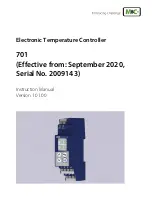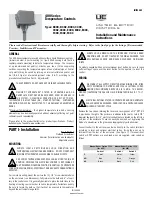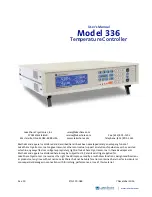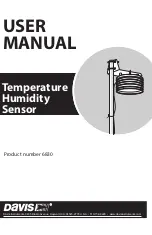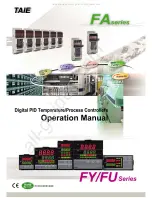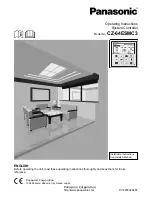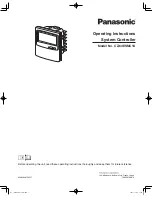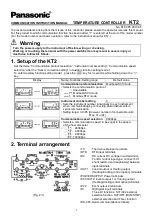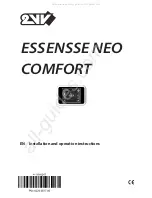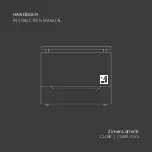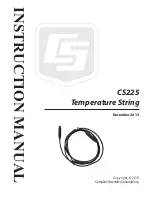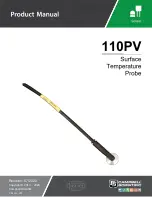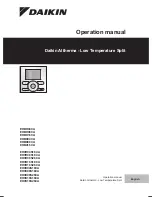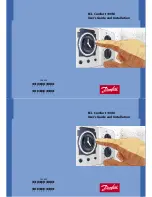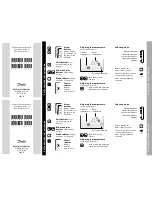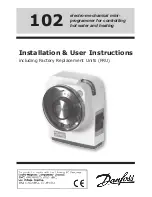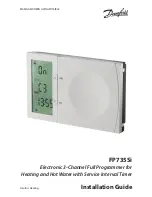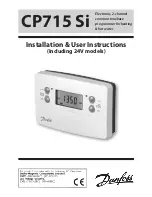
2 / 2
P/N 3102467-
EN • REV 003 • 04JUN18
To perform a function test:
1. If desired, use the fire alarm control panel to put the detector or
zone into a service group for testing. (Refer to the panel technical
reference manual for instructions.)
2. Activate the heat sensor using a hair dryer (maintaining a distance
of three inches) or using a Testifire detector tester per the
manufacturer’s instructions.
Maintenance
To ensure proper operation, plan maintenance (regular or selected) of
the detector in accordance with the AHJ and all applicable governing
laws, codes, or standards. Refer to CAN/ULC-S536
Standard for the
Inspection and Testing of Fire Alarm Systems
and NFPA
72 National
Fire Alarm and Signaling Code.
Refer to application bulletin P/N 3102483-EN for additional information
and cleaning instructions.
Specifications
Operating voltage
15.20 to 19.95 VDC
Current
Normal operating
Alarm
51 µA
68 µA
Vibration level
10 to 35 Hz, with an amplitude of
0.01 in.
Rate-of-rise
15°F/min (8°C/min)
Maximum spacing [1]
50 ft. (15.2 m) centers
Compatible bases
Standard
Relay
Isolator
Audible
KI-SB, KI-SB4, GSA-SB, GSA-SB4
KI-RB, KI-RB4, GSA-RB
KI-IB, KI-IB4, GSA-IB, GSA-IB4
KI-ABST, KI-ABDT, KI-ABLT
GSA-SBT, GSA-AB4G
Compatible detector testers [2]
Testifire 1000, Testifire 2000
Operating environment
Temperature
Relative humidity
32 to 100°F (0 to 38°C)
0 to 93% noncondensing
Storage temperature
−4 to 140°F (−20 to 60°C)
[1] When replacing GSA-HRS and GSA-HFS detectors with the
KI-HRD, ensure that the spacing is 50 ft. (15.2 m) or less.
[2] Requires the K-TSTSPACER Testifire adapter assembly.
Regulatory information
North American
standards
CAN/ULC-S530, UL 521
UL/ULC fixed-temp
alarm rating
135°F (57.2°C)
UL/ULC Actual
alarm point
129 to 141°F (53.9 to 60.6°C)
FCC compliance
This device complies with part 15 of the FCC
Rules. Operation is subject to the following two
conditions: (1) This device may not cause harmful
interference, and (2) this device must accept any
interference received, including interference that
may cause undesired operation.
Industry Canada
compliance
This Class A digital apparatus complies with
Canadian ICES-003.
Contact information
For contact information, see www.kiddelifesafety.com.



